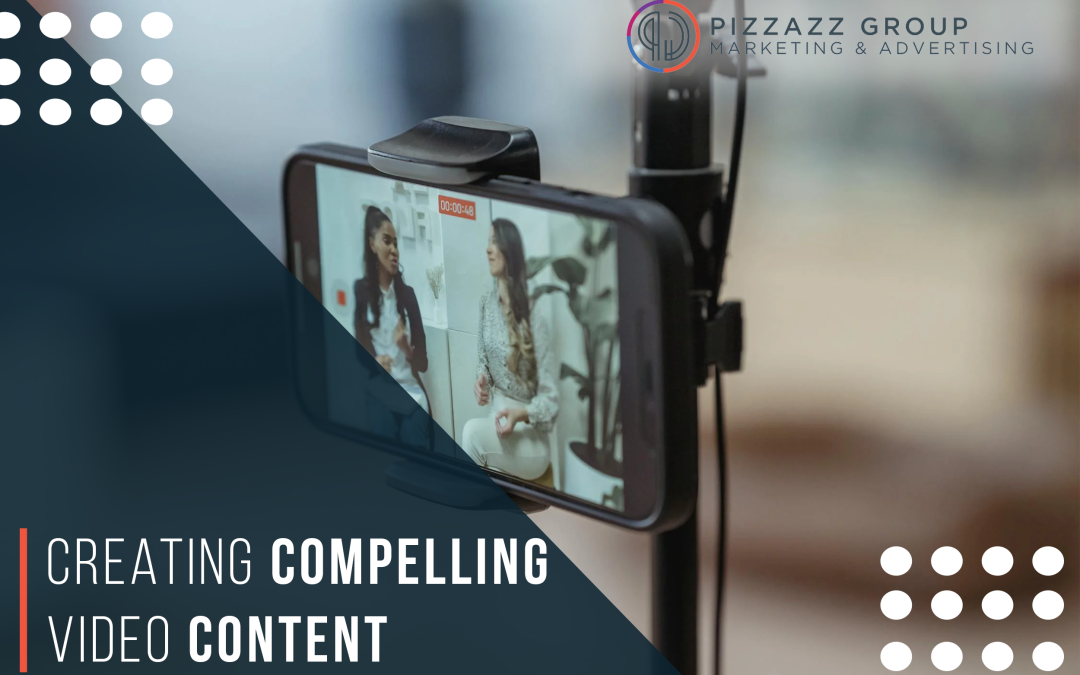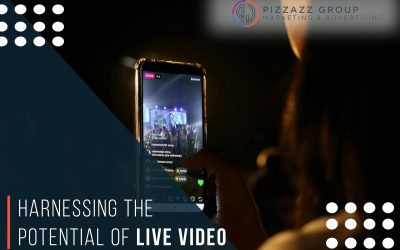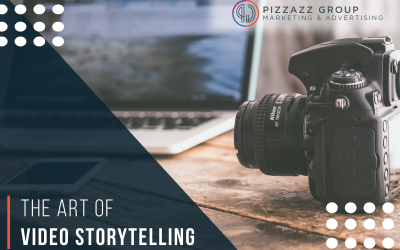
Why Video Content Matters
1. High Engagement: Videos capture attention and maintain viewer interest more effectively than text or static images. They can evoke emotions, tell stories, and deliver information in a visually appealing format.
2. Improved Conversion Rates: Incorporating videos into your marketing efforts can lead to higher conversion rates. Product videos, testimonials, and explainer videos help potential customers understand your offerings and make informed decisions.
3. Enhanced Brand Awareness: Video content has the potential to reach a wider audience through social media shares, YouTube searches, and embedded videos on websites, boosting brand visibility and recognition.
4. SEO Benefits: Video can improve your search engine rankings, as search engines prioritize pages with multimedia content. Optimizing video titles, descriptions, and tags can help drive organic traffic to your website or channel.
5. Versatility: Videos can be repurposed across different platforms and formats, including social media posts, website content, email campaigns, and advertisements, maximizing their reach and impact.
Why Video Content Matters
Video has rapidly become the preferred medium for consuming content online due to several compelling reasons:
1. High Engagement: Videos capture attention and maintain viewer interest more effectively than text or static images. They can evoke emotions, tell stories, and deliver information in a visually appealing format.

2. Improved Conversion Rates: Incorporating videos into your marketing efforts can lead to higher conversion rates. Product videos, testimonials, and explainer videos help potential customers understand your offerings and make informed decisions.
3. Enhanced Brand Awareness: Video content has the potential to reach a wider audience through social media shares, YouTube searches, and embedded videos on websites, boosting brand visibility and recognition.
4. SEO Benefits: Video can improve your search engine rankings, as search engines prioritize pages with multimedia content. Optimizing video titles, descriptions, and tags can help drive organic traffic to your website or channel.
5. Versatility: Videos can be repurposed across different platforms and formats, including social media posts, website content, email campaigns, and advertisements, maximizing their reach and impact.
Essential Tips for Creating Compelling Video Content
1. Know Your Audience
• Audience Persona: Develop detailed audience personas based on demographics, interests, behaviors, and pain points.
• Content Preferences: Identify the types of content (educational, entertaining, informative) and formats (short-form, long-form, live) that appeal most to your audience.
• Platform Preferences: Tailor your content for specific platforms where your audience is most active (e.g., YouTube, Instagram, LinkedIn).
2. Set Clear Objectives
• Awareness: Introduce your brand, product, or service to new audiences.
• Engagement: Encourage likes, comments, shares, and interactions with your content.
• Conversion: Drive actions such as website visits, sign-ups, or purchases.
3. Plan Your Content Strategy
• Content Calendar: Plan video topics, formats, and release dates in advance to maintain a regular posting schedule.
• Storyboarding: Create outlines or storyboards to visualize the flow of your videos, including key messages, scenes, and visuals.
• Series or Themes: Consider creating video series or themed content to keep viewers engaged and coming back for more.
4. Focus on Quality Production
• Camera and Lighting: Use a high-quality camera and adequate lighting to ensure clear visuals and minimize distractions.
• Audio: Invest in a microphone or use external audio recording devices to capture clear and crisp sound.
• Editing: Edit your videos to enhance pacing, add visual effects or animations, and maintain professional standards.
5. Craft Engaging Storytelling
• Hook Attention: Start with a compelling hook or introduction to grab viewers’ attention within the first few seconds.
• Narrative Structure: Develop a clear narrative structure (beginning, middle, end) to guide viewers through your content.
• Emotional Appeal: Use storytelling techniques to evoke emotions, such as humor, empathy, or inspiration, to create a memorable impact.
6. Keep it Concise and Relevant
• Video Length: Aim for optimal video lengths based on platform and content type (e.g., 1-2 minutes for social media, 3-5 minutes for educational content).
• Clear Messaging: Communicate your key message or call to action (CTA) early in the video to maintain viewer engagement.
7. Optimize for Search and Accessibility
• SEO Best Practices: Use relevant keywords in video titles, descriptions, and tags to improve visibility in search engine results.
• Captions and Subtitles: Include captions or subtitles to accommodate viewers with hearing impairments and improve engagement, as many viewers watch videos without sound.
8. Encourage Interaction and Engagement
• CTAs: Include clear and compelling calls to action (e.g., subscribe, like, comment, share, visit website) throughout your video and in the video description.
• Interactive Elements: Incorporate interactive elements such as polls, quizzes, or clickable links to encourage viewer participation.
9. Analyze Performance and Iterate
• Analytics Tools: Use analytics tools (e.g., YouTube Analytics, social media insights) to track views, watch time, engagement rates, and audience demographics.
• Feedback and Iteration: Gather viewer feedback through comments, surveys, or polls to understand preferences and refine your video content strategy accordingly.
10. Experiment and Innovate
• Trend Analysis: Stay informed about industry trends, viral content, and emerging video formats to capitalize on opportunities.
• User-Generated Content (UGC): Encourage your audience to create and share their own videos related to your brand or products to foster community and authenticity.
Conclusion
For more information on Video Marketing, contact Pizzazz Group at customer@pizzazzgroup.com or by calling (614) 350-1681.
Related Video Marketing Blogs
Video Marketing Across the Buyer’s Journey: Creating Content for Each Stage
Video marketing has emerged as a powerful tool for guiding prospects through the buyer's journey. From creating awareness to fostering consideration and driving conversions, strategic use of video content can effectively engage audiences at every stage of their...
Harnessing the Potential of Live Video: Strategies for Successful Live Video Streaming
Live video streaming has emerged as a powerful tool for businesses, influencers, and content creators to engage with their audiences in real-time. Platforms like Facebook Live, Instagram Live, YouTube Live, and Twitch have democratized broadcasting, allowing anyone...
The Art of Video Storytelling
Video storytelling transcends traditional marketing tactics by capturing emotions, conveying messages, and building connections with viewers in a compelling and memorable way. Whether you're aiming to educate, entertain, inspire, or promote, effective video...





